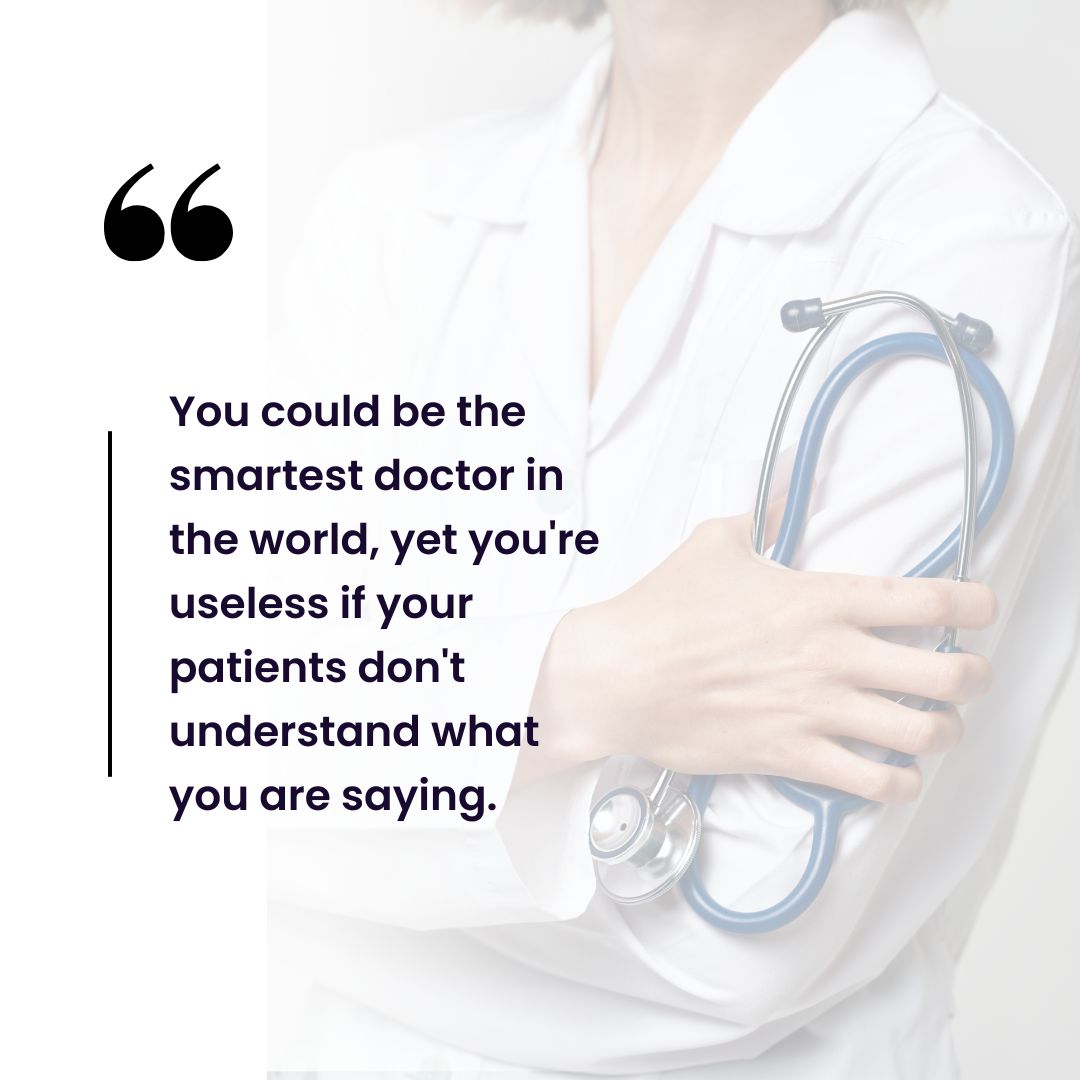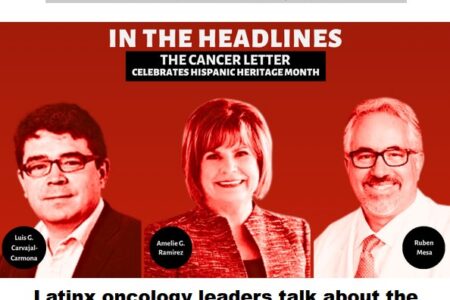
Share On Social!
Have you ever had a conversation with a doctor that left you feeling confused?
These situations can be frustrating, especially when it hurts your health.
Unfortunately, poor doctor-patient communication is common, even though doctors acknowledge they should avoid medical jargon when talking with patients.
In a new study in JAMA Network Open, researchers surveyed 215 adults and found that when medical jargon was used by physicians, participants frequently misunderstood and often interpreted the exact opposite of what the physician intended.
This confusion can lead to adverse health outcomes, according to the study.
“You could be the smartest doctor in the world, yet you’re useless if your patients don’t understand what you are saying,” Dr. Michael Pitt, study author and associate residency program director in the department of pediatrics at the University of Minnesota, told NBC News.
Let’s further evaluate this study and the implications of poor doctor-patient communication for Latinos and all people.
Why Medical Jargon Isn’t Healthy for Patients
Researchers tested patient understanding of a variety of common medical terms.
Although 65% of the participants had a bachelor’s degree or higher, they had a mixed understanding of the meaning of these phrases, which conveyed good or bad news.
For example:
- 96% of respondents knew that negative cancer screening results meant they did not have cancer.
- 79% of respondents understood that “your tumor is progressing” was bad news.
- Only 41% of respondents correctly interpreted “neuro exam is grossly intact” as good news.
- Only 21% of respondents correctly understood that a clinician saying their radiography was impressive was generally bad news.
Further, researchers tested patient understanding of messages when non-jargon phrases were used instead of common medical terms.
They found that non-jargon phrases were more effective in communicating a clear message.
For example, when trying to convey the concept of a blood infection, 98% of respondents correctly understood the non-jargon phrase (“blood test shows no infection”). Only 87% of respondents correctly interpreted “your blood [test] was negative.”
Not being able to communicate clearly with physicians puts patients at greater risk of decreased satisfaction, distrust of physicians, and worse health outcomes.
Pitt added that poor communication could also contribute to patients being less inclined to follow up with their doctor, which could delay care.
“If our patients don’t understand what we think is going on, what our treatment plan is, what we’re asking them to do to get cured, better, healthy, we actually could be causing physical harm,” Pitt told NBC News.
What Contributes to Patient Confusion?
Interestingly, much confusion resulted from physicians using medical terms that mean something different in common language.
This may help explain why only 41% of respondents correctly interpreted “neuro exam is grossly intact” as good news. The word “gross” often has a negative context in common language.
Researchers also suggest that the words “positive” and “negative” can be misinterpreted in certain contexts, so it may be best for physicians to avoid these words to ensure a clear message to patients.
Again, this may be why nearly all respondents correctly understood “blood test shows no infection” versus only 87% of respondents correctly understanding “your blood [test] was negative.”
“We as a profession have jargon oblivion,” Pitt told NBC News. “We forget that there was a time when we learned these words and didn’t know them.”
Language as a Communication Challenge
Compared to the difficulty of avoiding medical jargon when talking with patients, a language difference can prove even harder to navigate.
Spanish was the most common non-English language spoken in US homes in 2019, and 39% of those who spoke Spanish at home spoke English “less than very well,” according to a 2022 US Census Bureau Report.
But the ability to speak Spanish won’t necessarily improve a physician’s communication with a Spanish-speaking patient.
Spanish language competency is not standardized for medical students, so there is still room for miscommunication with patients.
In fact, a 2015 study in the Journal of General Internal Medicine reports that physicians and medical students tend to overestimate their language skills and underutilize professional interpreters, further putting them and their patients at risk for miscommunication.
Background competency is another factor in language challenges.
It’s not enough to know Spanish – physicians must also understand the Latino background to clearly communicate with patients and deliver tailored care.
“We need Latinos in the healthcare system,” said Dr. Ricardo Correa, a physician in Arizona. “Yes, many people can learn Spanish, but you never understand the [background] if you are not from that community. Data shows that patient care improves when the … physicians reflects the [population] of the patients.”
However, there is a general lack of background variety in healthcare workers.
Only 6% of US physicians and only 5.7% of nurses are Latino, and Latinos comprise just 2% of hospital leadership and 4% of medical school leadership.
Given all these shortcomings, it comes as no surprise that language differences between doctors and Spanish-speaking patients “presents a significant challenge for health systems.”
Recognition as a Communication Challenge
Another significant communication challenge between doctors and patients is recognition, or the sub-conscious preference for White patients over those of non-White.
Whether they realize it or not, recognition can lead to physicians making assumptions about non-White patients, such as their economic and social background. For instance, if a physician thinks that a patient can’t afford a certain treatment, they may not discuss this treatment with the patient.
For Latinos, who already face numerous health differences, recognition can prevent or delay timely treatments or screening opportunities, which can worsen health deficiencies, such as preventable, infection-related cancers.
How Can Patients Improve Communication with Physicians?
While physicians must do their part to improve communication, patients can also help get the most out of their medical appointment.
Even if feels uncomfortable, ask your healthcare provider to explain themselves clearly if you don’t fully understand their message. You can also repeat the physician’s message back to them in your own words to ensure you’ve correctly interpreted what they’re trying to say.
“If somebody is using medical jargon, a phrase that you don’t understand, feel free to say, ‘Excuse me, I don’t understand what you’re trying to say. Could you be a little more clear about that?'” Dr. William Schaffner, an infectious disease expert at Vanderbilt University Medical Center, told NBC News.
While research and the advancement of technology is also needed to improve public health and healthcare, perhaps we should get back to the basics: talking with and understanding one another.
The bottom line? Clear doctor-patient communication is vital for delivering fair care to Latinos and all people. We must do better in 2023 and beyond.
Explore More:
AccessBy The Numbers
142
Percent
Expected rise in Latino cancer cases in coming years



